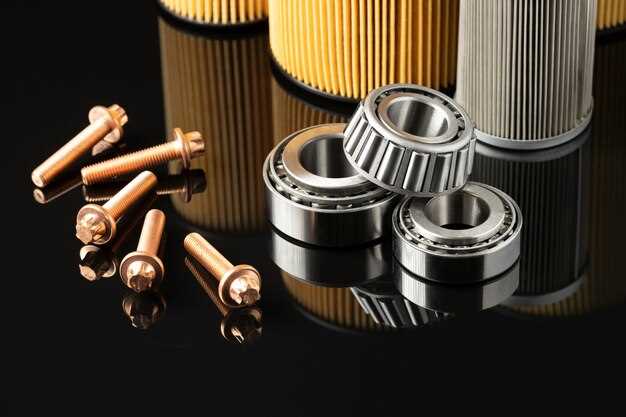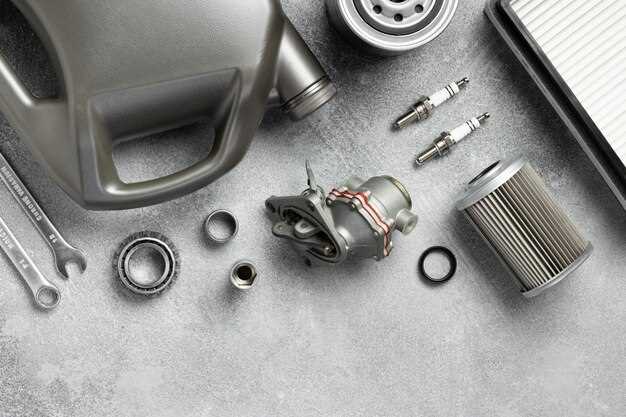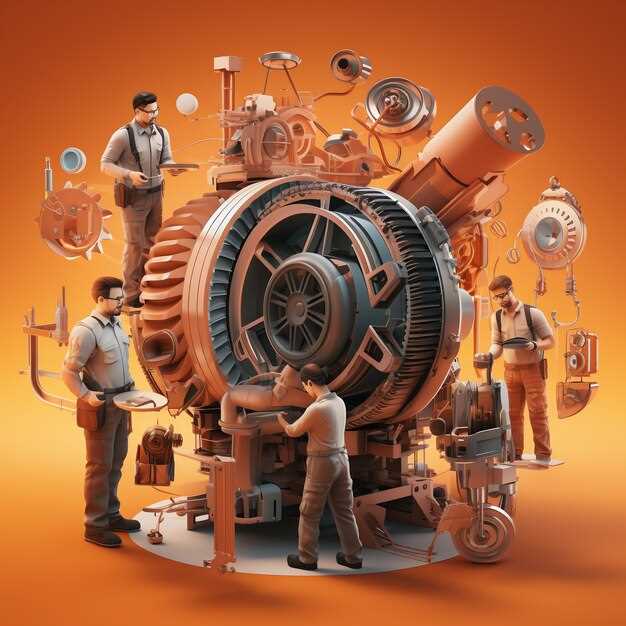OEM vs aftermarket parts – what’s the difference?

When it comes to vehicle maintenance and repair, the choice between OEM (Original Equipment Manufacturer) parts and aftermarket parts can significantly impact performance and reliability. Understanding these key differences is essential for both car owners and automotive professionals seeking to make informed decisions.
OEM parts are components manufactured by the original producer of the vehicle. They are designed specifically to fit and function in the intended make and model, ensuring compatibility and durability. OEM parts often come with a warranty and meet strict quality standards set by the manufacturer, making them a trustworthy choice for repairs.
In contrast, aftermarket parts are produced by third-party companies and are not affiliated with the original manufacturer. These parts often vary in quality, with some brands offering comparable performance to OEM, while others may compromise on strength or precision. The appeal of aftermarket parts typically lies in their lower cost and availability, but they can present risks if the quality is not carefully assessed.
In this article, we will delve deeper into the distinctions between OEM and aftermarket parts, exploring their benefits, drawbacks, and the best scenarios for choosing one over the other. Understanding these differences will empower you to make the right decision for your vehicle and ensure optimal performance on the road.
Understanding OEM Parts: What Sets Them Apart?

OEM (Original Equipment Manufacturer) parts are components made by the same manufacturer that produced the original parts for a vehicle. These parts are engineered to meet the exact specifications and standards set by the vehicle’s manufacturer, which ensures a perfect fit and optimal performance. One of the primary distinguishing features of OEM parts is their quality assurance; they undergo rigorous testing to meet safety and durability requirements.
In contrast to aftermarket components, which can vary widely in quality and specifications, OEM parts maintain consistency across a vehicle model. They are often preferred by vehicle owners who seek reliability and longevity, particularly when it comes to critical systems such as engines, transmissions, and braking systems.
Additionally, using OEM parts helps preserve the vehicle’s warranty. Many manufacturers require the use of OEM parts for any repairs covered under warranty to ensure that the vehicle remains in peak condition. This factor is essential for vehicle owners looking to maintain their investment over time.
OEM parts are also designed to integrate seamlessly with other vehicle systems, minimizing the risk of incompatibility issues that can sometimes arise with aftermarket alternatives. By choosing OEM, consumers can feel confident that they are receiving parts that are built to the same standards as those originally installed in their vehicles.
Advantages and Disadvantages of Aftermarket Parts

Aftermarket parts refer to components made by manufacturers other than the original equipment manufacturer (OEM). They provide numerous advantages and disadvantages that can impact vehicle performance, maintenance costs, and overall user experience.
One of the primary advantages of aftermarket parts is their cost-effectiveness. Generally, these parts tend to be less expensive than OEM components, making repairs more affordable for vehicle owners. Additionally, the availability of a wide range of aftermarket options often results in increased choice, allowing consumers to select parts based on specific needs or preferences.
Another benefit is the potential for enhanced performance. Many aftermarket manufacturers focus on improving certain aspects, such as speed, efficiency, or durability. Enthusiasts often opt for high-performance aftermarket parts to upgrade their vehicles, resulting in better handling and acceleration.
However, there are notable disadvantages associated with aftermarket parts. First and foremost is the variability in quality. Unlike OEM parts, which must meet stringent standards, aftermarket components can differ significantly in construction and material quality. This inconsistency may lead to premature wear or failure, affecting the overall reliability of the vehicle.
Furthermore, using aftermarket parts can sometimes void warranties. Manufacturers may stipulate that only OEM parts are permissible for warranty coverage. Vehicle owners should investigate the implications of aftermarket part installations, as it could lead to costly repairs not covered under warranty.
In summary, while aftermarket parts offer significant cost savings and potential performance benefits, they also come with risks related to quality and warranty issues. Careful consideration is essential when deciding whether to choose aftermarket options over OEM parts.
How to Choose Between OEM and Aftermarket Parts for Your Vehicle
Choosing between OEM (Original Equipment Manufacturer) and aftermarket parts for your vehicle is a critical decision that can affect performance, cost, and overall satisfaction. Here are some factors to consider when making your choice:
- Quality: OEM parts are made to the same specifications as the original components, ensuring a precise fit and comparable quality. Aftermarket parts can vary significantly in quality.
- Cost: Typically, aftermarket parts are more affordable than OEM options. Evaluate your budget and determine how much you are willing to spend, keeping in mind that lower prices may come with compromises in quality.
- Availability: OEM parts can be limited to dealership networks, which might mean longer wait times for delivery. In contrast, aftermarket parts are widely available through various retailers and online platforms.
- Warranty: OEM parts usually come with a warranty that guarantees their reliability for a specific duration. Aftermarket parts may offer varying warranty terms, so be sure to check before purchasing.
- Installation: Some aftermarket parts may require modifications or adjustments during installation. Assess your own mechanical skills or consider hiring a professional to ensure proper placement.
When deciding between OEM and aftermarket parts, consider the following steps:
- Identify the specific part needed and its function in your vehicle.
- Compare prices from different sources for both OEM and aftermarket options.
- Research reviews and ratings of aftermarket parts to gauge performance and reliability.
- Evaluate warranty offerings for both types of parts.
- Consult with a trusted mechanic for recommendations based on your vehicle’s make and model.
Ultimately, the choice between OEM and aftermarket parts should reflect your priorities regarding quality, budget, and performance. Make an informed decision to ensure the best results for your vehicle.

